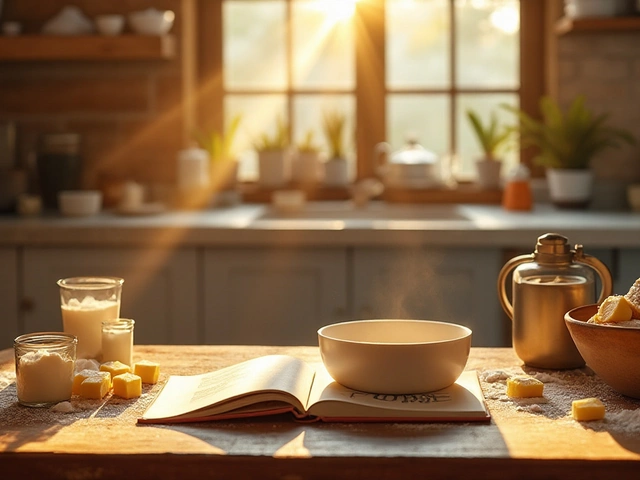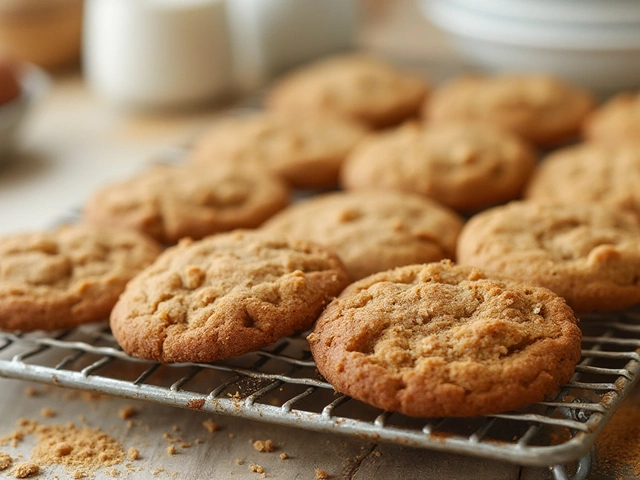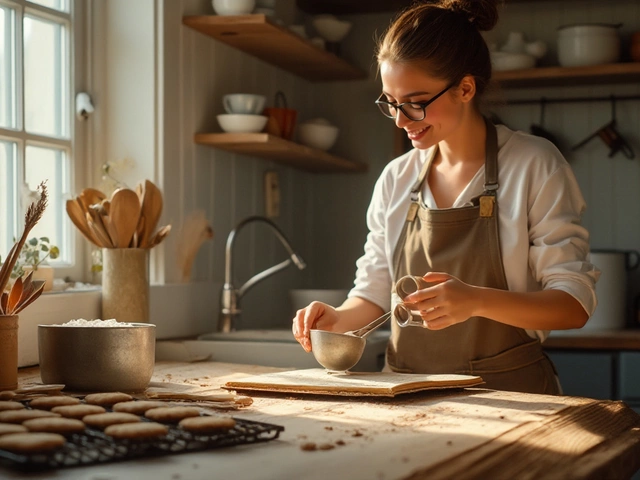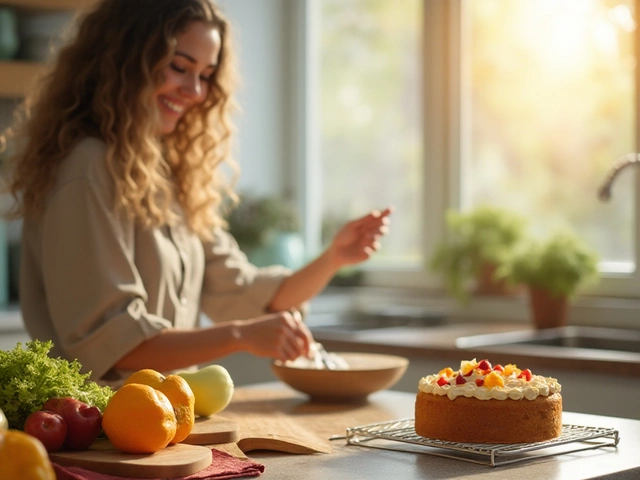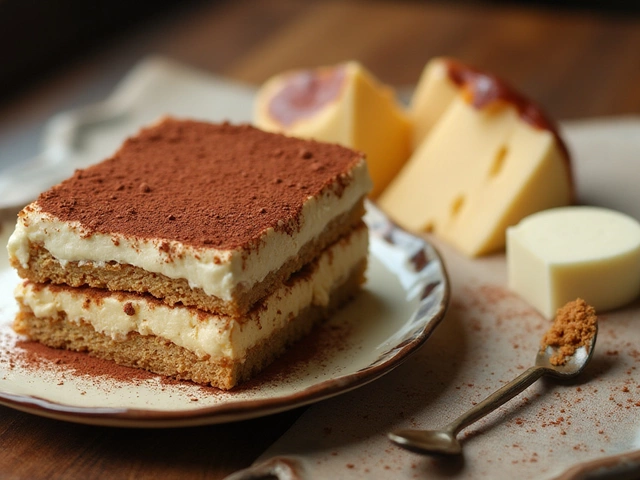Paris Sweets: Your Quick Guide to the City’s Best Treats
If you’ve ever walked past a patisserie on Rue de Rivoli and felt your mouth water, you’re not alone. Paris is famous for its pastries, and there’s more to discover than just a pretty picture. Below you’ll find the most useful facts about the sweets you’ll meet, how much they cost, and simple ways to bring a bit of Paris into your own kitchen.
How Much Do French Macarons Really Cost?
Macarons are the poster child of Parisian sweets, but their price can jump around a lot. In a typical boutique you’ll pay anywhere from €1.50 to €3 per piece, while high‑end shops may charge €4 or more. If you’re on a budget, look for “macaron boxes” sold by the dozen – they often come with a small discount. Knowing the range helps you plan a sweet stop without blowing your budget.
Tiramisu: What’s the Story Behind the Italian Classic?
Even though tiramisu isn’t French, you’ll see it on many Paris café menus. The name means “pick me up” in Italian, a nod to the caffeine from espresso and the lift from cocoa. Its origins trace back to the Veneto region in the 1960s, but the dessert quickly won fans worldwide. When you order it in Paris, you’ll get a version that usually sticks closer to the Italian style – creamy mascarpone, ladyfingers soaked in coffee, and a dusting of cocoa.
Beyond macarons and tiramisu, Paris offers a whole world of sweets worth trying. Think buttery croissants with a hint of almond, silky chocolate éclairs, and flaky mille‑feuille layers that melt in your mouth. Each bakery puts its own spin on the classic recipes, so sampling a few spots can be a delicious adventure.
If you’re not ready to travel, you can recreate Paris‑style desserts at home. A few tips: use high‑quality butter for croissants, let chocolate set at room temperature for éclairs, and always chill your mousse or tiramisu for at least four hours. These small steps make a big difference in flavor and texture.
When you visit a Paris patisserie, pay attention to the details. A good macaron will have a smooth, crisp shell and a soft interior that doesn’t crack when you bite. The colors should be vibrant but not artificial. For pastries like the kouign‑amann, look for a caramelized top that shows the butter has been properly laminated.
One more thing to keep in mind: many French desserts rely on precise temperature control. For instance, getting the perfect fudge requires reaching the soft‑ball stage (around 235°F/113°C). While you won’t need fudge in every Paris pastry, understanding the science behind candy making can boost your confidence with any sweet recipe.
Finally, remember that the best way to enjoy Paris sweets is with a cup of coffee or tea. Pairing a flaky croissant with a strong espresso or a delicate macaron with a herbal tea balances the sweetness and makes the experience even richer.
So next time you’re strolling through the City of Light, treat yourself to a bite of authentic Paris sweets. Whether you’re watching the price tag on a macaron, learning the history of tiramisu, or trying a homemade recipe, the city’s dessert scene is ready to delight you.
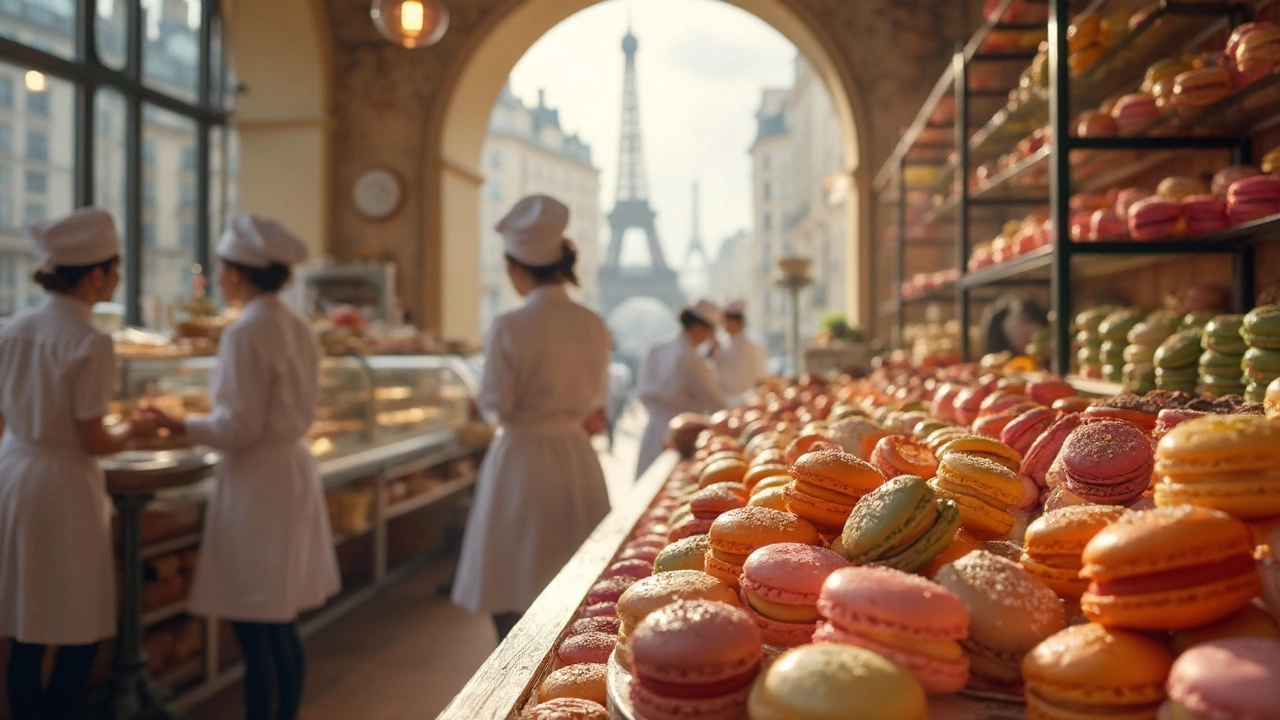
Macarons in Paris: What You Just Can’t Miss
Craving something special in Paris? This article gives you the lowdown on why macarons should jump to the top of your Paris food checklist. Find out what makes these little treats famous, where to score the best ones, and tips to pick flavors like a local. We’ll dig into the history, the baking secrets, and what makes a Parisian macaron so different. If you think all macarons are the same, get ready to be surprised.
View More
